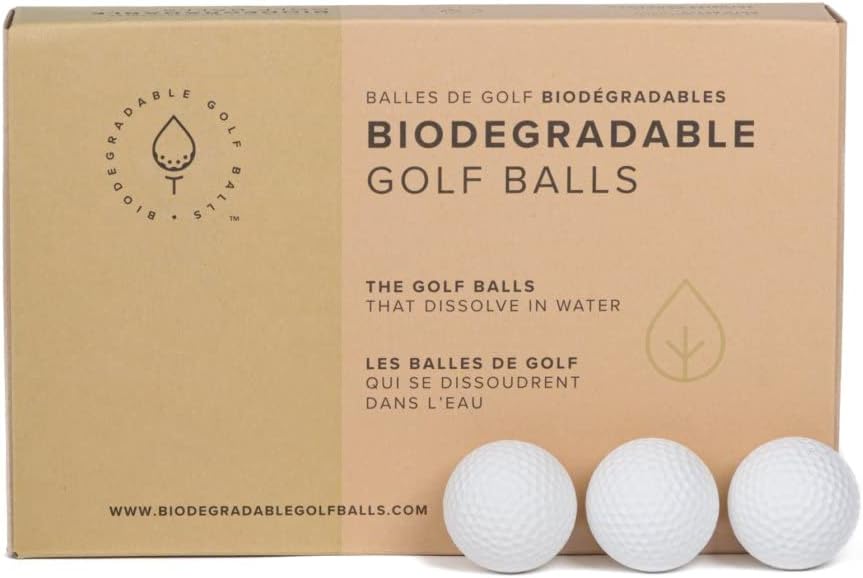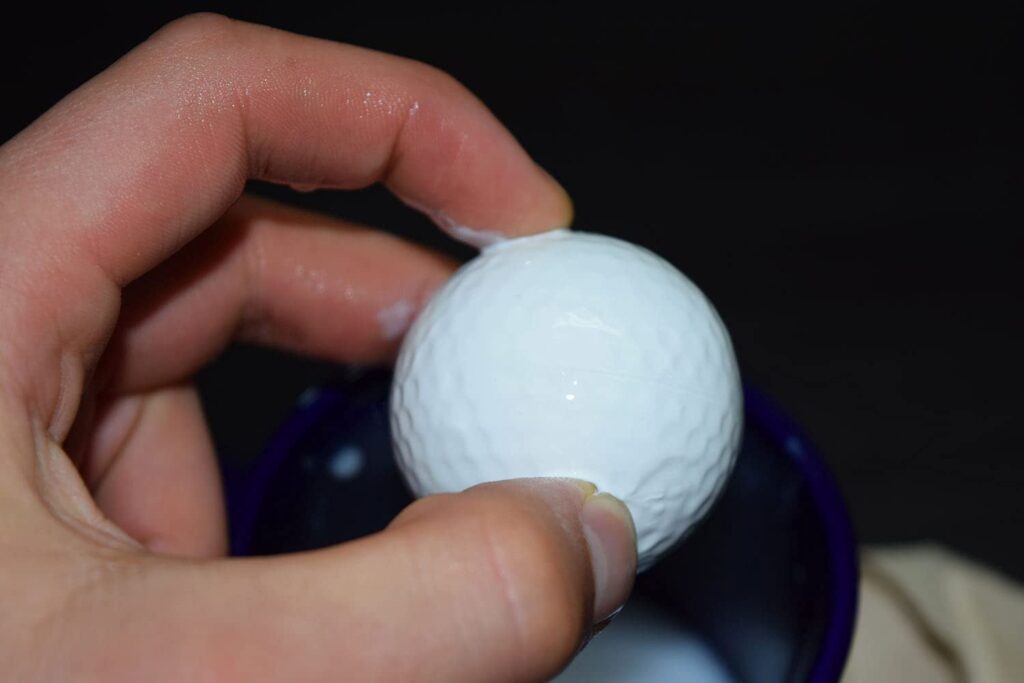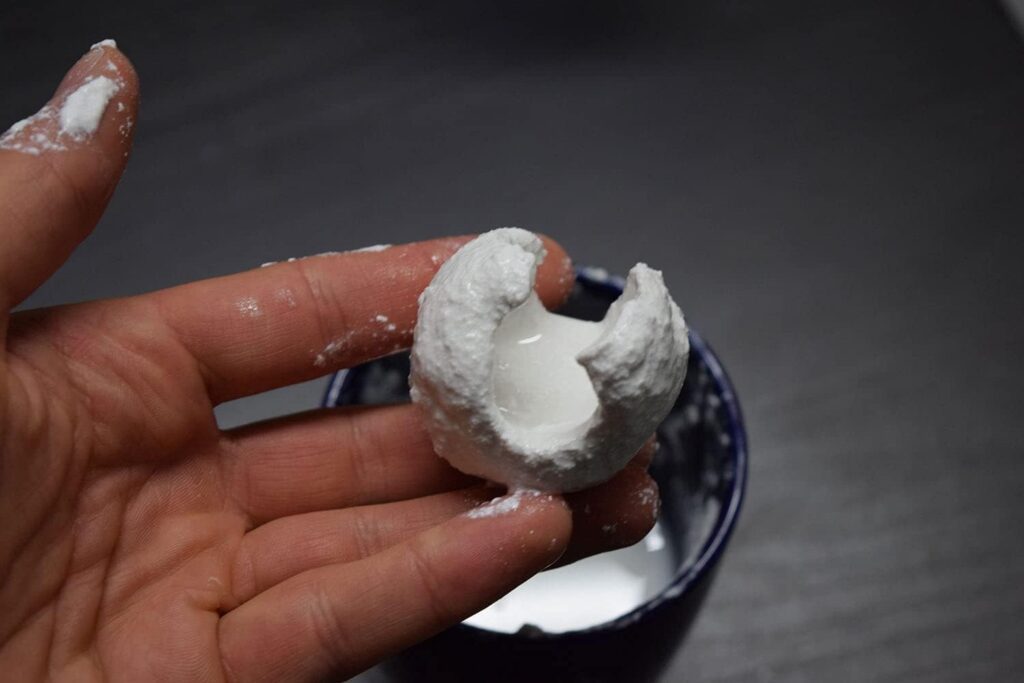Golf is a sport enjoyed by millions around the world, but it has faced criticism for its environmental impact. One major concern is the regular disposal of non-biodegradable golf balls, which can take decades or even longer to decompose.
However, a revolutionary solution has emerged: biodegradable golf balls. Below, we will focus on the fascinating world of biodegradable golf balls, exploring their benefits, composition, and potential for transforming the sport while reducing its ecological footprint.
Biodegradable golf balls are ideal for practicing, mini golf, indoor ranges, and many other use cases.
The Problem with Traditional Golf Balls
Traditional golf balls are typically made from a combination of synthetic materials, including rubber, plastic, and metal. These materials give the balls their durability and aerodynamic properties, because of this, they also have a less than ideal impact on the environment.
When golf balls end up in water bodies or landfills, they can release toxic chemicals and persist in the environment for decades and in some cases even longer.
This accumulation can lead to ecological damage, particularly in fragile ecosystems such as wetlands and coastal areas.
Enter Biodegradable Golf Balls

Biodegradable golf balls provide a promising solution to the environmental challenges posed by their non-biodegradable counterparts.
These eco-friendly alternatives are designed to break down naturally over time, significantly reducing their impact on the environment.
By utilizing biodegradable materials, golfers can enjoy their favorite sport while minimizing harm to the planet.
Composition and Manufacturing

Biodegradable golf balls are typically composed of a blend of biopolymers, natural rubber, and other organic materials. These components are carefully chosen to balance durability and performance with the ability to biodegrade.
Advanced manufacturing techniques ensure that these balls meet the required standards of quality and performance, ensuring golfers’ satisfaction.
The Biodegradation Process
When a biodegradable golf ball is exposed to natural elements like water, heat, and microorganisms, it initiates the biodegradation process. Over time, the ball starts to break down, returning to the environment as harmless organic matter.

The exact duration for complete biodegradation can vary depending on the specific materials used and the environmental conditions.
However, the majority of biodegradable golf balls aim to decompose within a few months to a few years, which is a significant improvement compared to the centuries taken by traditional golf balls.
Environmental Benefits
- Reducing Pollution: Biodegradable golf balls prevent the release of toxic materials into the environment, which can harm wildlife and contaminate water bodies. They offer a cleaner and greener alternative for golfers concerned about their ecological impact.
- Preservation of Natural Spaces: By using biodegradable golf balls, players can confidently enjoy the sport without worrying about leaving behind non-biodegradable waste. This contributes to the preservation of natural landscapes, including wetlands, forests, and coastal areas that are often used for golf courses.
- Sustainable Reputation: Golf courses and clubs that adopt biodegradable golf balls demonstrate a commitment to sustainability, attracting environmentally-conscious golfers and enhancing their reputation as responsible custodians of the environment.
Future Developments
As biodegradable golf balls gain popularity, ongoing research and development are expected to further improve their performance, durability, and biodegradability.
Manufacturers are investing in innovative materials and production techniques to create golf balls that maintain their performance characteristics while minimizing their environmental impact.
It is an exciting time for the sport as it adapts to a more sustainable future.







